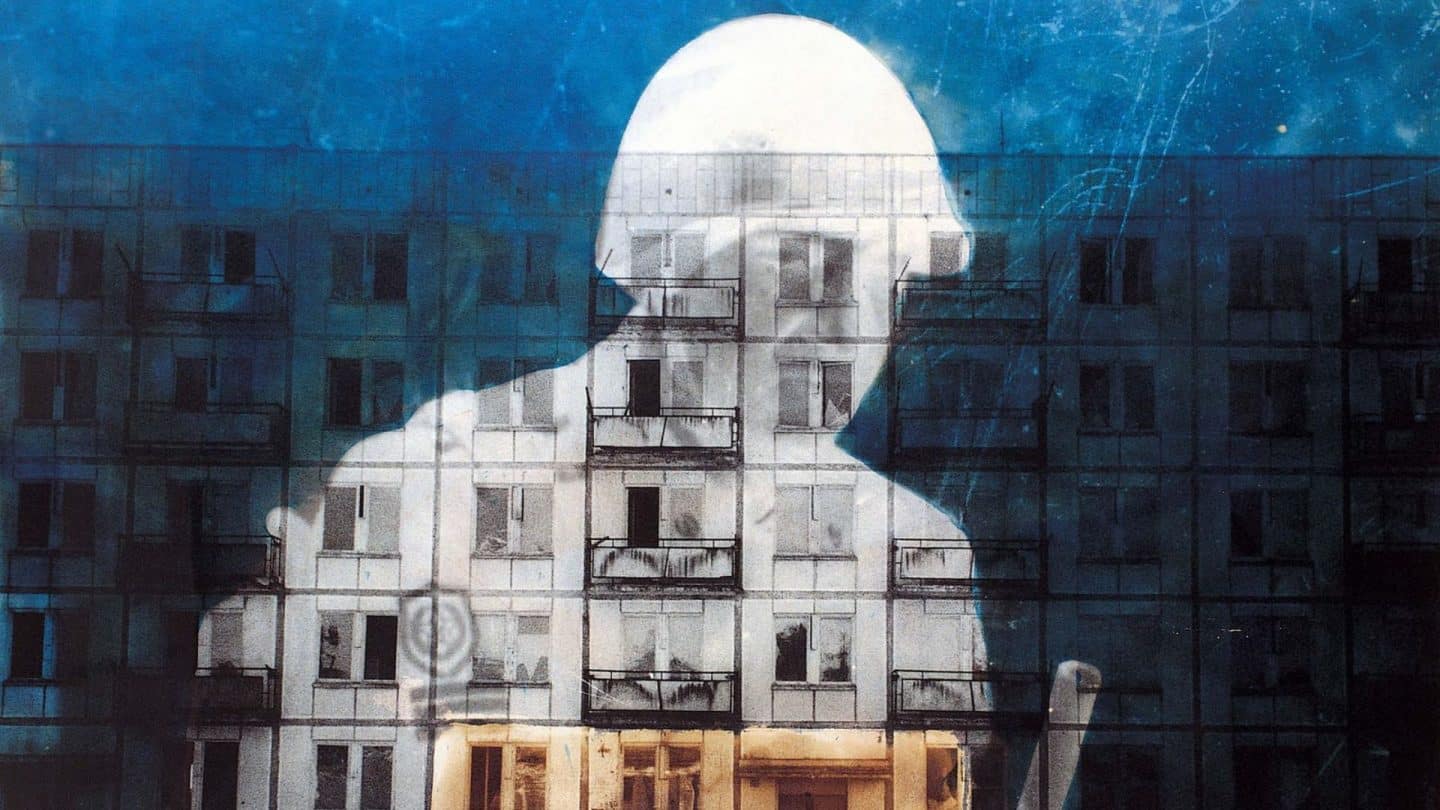
Victor Sloan – Beyond
Belfast Exposed presents Beyond, a new survey exhibition of work from world renowned Irish visual artist Victor Sloan.
Containing both some of Sloan’s iconic works and a series of never before exhibited images and video pieces, Beyond gives audiences a chance to view a broad survey of work from one of Ireland’s major artists, spanning Sloan’s entire career. The exhibition features both Sloan’s trademark hand-manipulated conceptual images and a range of his documentary photography and video pieces.
The work has a strong international theme, with images from Berlin, Poland, Germany, The Golan Heights, Syria and Jordan displayed, alongside pieces from Northern Ireland.
Opening Reception: Thursday 12 October, 6pm – 8pm
Belfast Exposed will also be hosting an exclusive ‘In Conversation with Victor Sloan‘ on Thursday 26th October. Here, Sloan will reflect on the exhibition, the work within it and his career to date.
About the Artist
Victor Sloan is one of Ireland’s major visual artists. He was born in Dungannon, Co. Tyrone in Northern Ireland. He studied at Belfast and Leeds Colleges of Art. He has developed an international reputation for creating powerful images, which display his prodigious versatility and inventiveness. He is known for his works commenting on various political, social and cultural aspects of Northern Ireland. As well as working with the medium of photography, he also uses video, etching and screen-printing.
Sloan has been an exhibiting artist since 1980, and his work has been displayed widely throughout Europe, North America, South America and Asia. His work is to be found in numerous important private and public collections worldwide, including the Arts Council of Northern Ireland; the Ulster Museum; the Martin Parr Foundation, England; the State Art Collection, Ireland; the National Self-Portrait Collection of Ireland; the British Telecommunications, the Millennium New Media Collection; the Northern Ireland Civil Service Art Collection; the Imperial War Museum, London; the National Media Museum, Bradford, England and the Jobst Graeve Collection, Ireland.